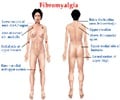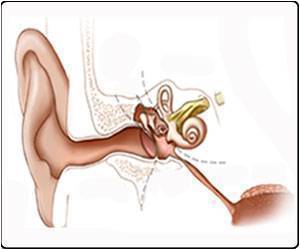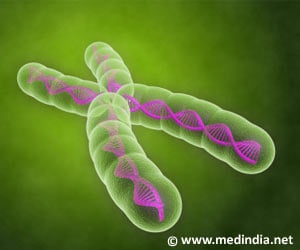Study sheds light on how nerve supporting cells modulate the release of neurotransmitters in the brain.

‘Glial cells modulate the release of neurotransmitters by increasing the acidity of the extracellular environment.’





When the researchers applied ATP to retinal glial cells, they saw an immediate and massive release of acid from the cells. "We decided to further investigate ATP and glial cells because of this really strong response that raised acid levels in the environment right next to the glial cells more than 1000 percent," said Malchow. In living organisms, ATP is released by neurons into the space between nerve cells called the synapse, when a nerve cell becomes excited. In other words, when the nerve cell is actively relaying a message to its neighbors.
The researchers determined that a rise in ATP outside the nerve cells causes adjacent glial cells to release hydrogen ions, which raise the acidity of the immediate extracellular environment. The hydrogen ions, in turn, bind to calcium channels in the nerve cell membranes, closing these channels off. The calcium channels, when open, allow for the release of neurotransmitters.
"Increases in acidity in the extracellular environment produced by the glial cells forms a feedback loop which prevents the release of too much neurotransmitter," said Malchow.
The researchers used ultrasensitive pH sensors developed at the Marine Biological Laboratory to measure the changes in pH levels around isolated retinal glial cells from a variety of organisms, including humans.
Advertisement
"We believe that this ATP-mediated release of protons by glial cells acts as an essential feedback mechanism throughout the nervous system to limit over-excitability of neurons," Malchow explained.
Advertisement
Source-Eurekalert












